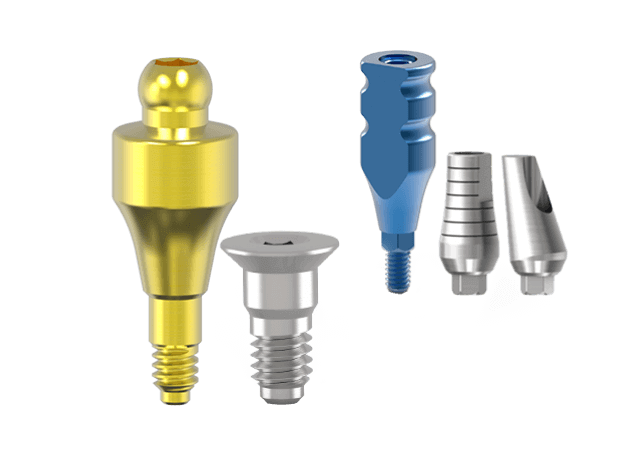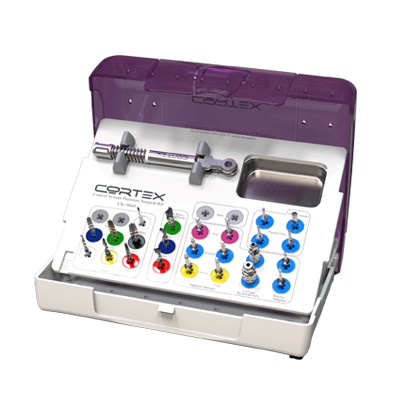The journey of dental implant surgery over the past century is a testament to the relentless pursuit of innovation and excellence in dental medicine. From the initial rudimentary efforts to replace missing teeth to the development of sophisticated, biomimetic solutions that perfectly mimic natural dentition. The field of implant dentistry has witnessed a remarkable transformation. This evolution has been fueled by a combination of dedicated experimentation. An enriched understanding of biological and biomechanical fundamentals. And the incorporation of groundbreaking technologies. Today, dental implants offer patients the possibility of permanent, natural-feeling replacements that integrate harmoniously with the body’s structures.
Emergence of Metallic Materials in Dental Implant Surgery
In the early 1900s, the nascent attempts at dental implants involved the use of metallic frames and devices crafted from a variety of alloys to fill the gaps left by lost teeth. These initial materials, including iridium, tantalum, and vitalium, were selected for their strength and durability. But was soon found to lack the necessary biocompatibility and osseointegration capabilities, leading to frequent rejections after dental implant surgeries. These early failures underscored the critical need for materials that could coexist more harmoniously with the human body.
The Titanium Transformation
A pivotal advancement occurred in the 1950s with the introduction of titanium as a material for dental implants. Titanium distinguished itself with its exceptional combination of high strength, low density, and superior corrosion resistance. And, crucially, unparalleled biotolerance. For the first time, titanium implants were able to form a stable and structurally sound bond with the jawbone. Heralding a new era in implant dentistry. Innovations in surface treatments further enhanced the osseointegration process. Greatly improving the success rates of implant procedures.
Sophisticated Imaging and Planning Techniques
The evolution of dental implants was further propelled by the advent of advanced 3D imaging technologies. Such as computerized tomography (CT), and sophisticated software tools that allowed for detailed mapping of anatomical structures. These developments facilitated precise pre-surgical analyses and enabled the planning of implant placement with minimal invasiveness. Tailored specifically to the unique anatomical considerations of each patient. This approach significantly improved the mechanical stability and longevity of dental implants.
Biomimetic Materials and Aesthetics
The field of biomaterials engineering has introduced highly biocompatible yet robust materials, such as zirconia ceramics, for the creation of prosthetic teeth. These materials, in conjunction with digital dentistry’s precise and efficient workflows, allow for the custom design of implants that flawlessly emulate the natural appearance. Such as color, and anatomy of patients’ teeth. The result is restorations that are virtually indistinguishable from natural dentition. Altogether, Providing both functional and aesthetic excellence.
Conclusion
The historical progression of implant dentistry is a narrative of persistence, scientific inquiry, and technological advancement. By closely adhering to the principles of biomechanics, understanding biological interactions, and meeting aesthetic demands, the field has established evidence-based practices. These ensure reliable and aesthetically pleasing outcomes following dental trauma or loss. The practice of implant restoration has evolved from a hopeful experiment to a sophisticated synthesis of multidisciplinary knowledge, technical proficiency, and advanced digital planning, all aimed at delivering superior patient care.





